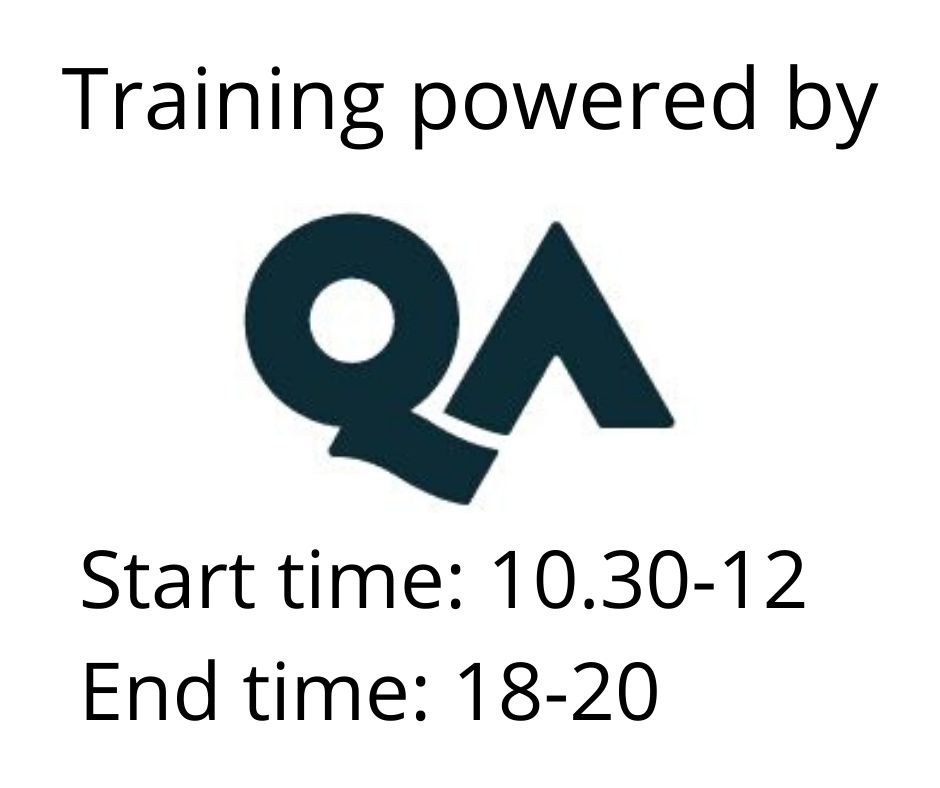Networking and Security Fundamentals
Koulutusmuoto
Remote
Kesto
5 päivää
Hinta
4002 €
This 5 Day course provides an overview of the fundamentals of Networking and Security in Information Technology Networked environments. The first three days cover the Networking concepts, with the remaining two days covering Security.
Target Audience
This course is designed for those with no Network or Security field experience. Those that may be considering a career in the Networking or Security areas would find this knowledge beneficial, before moving on to more detailed study and certifications.
This course is designed to introduce the core concepts underlying how computers communicate, including the configuration settings required, the hardware required and how it operates. It includes cloud-based services that many networks and businesses are coming to rely on. The Security section will introduce core concepts, terminology and implementation of Security in the areas of the computer itself and the network it’s connected to.
This is an introductory level course so prior knowledge of the course content is not required, but experience of the fundamentals of computing and computer hardware would be desirable. Knowledge of configuring a computers’ settings and accessing the command line tools would be useful, but not essential.
Networking Fundamentals
Ch 1 : OSI Model Overview
- OSI Model
- TCP/IP Model
Ch 2 : Concepts of a Network
- Types of Network
- Topology
- Media Access
- Wireless Connectivity
Ch 3 : Networking Subsystem
- Lan Media Types
- Network Interface Cards
- MAC Address
- IP Address
Ch 4 : OSI Higher Order
- Explain the Host to Host Layer function
- Explain Transmission Control Protocol (TCP) concepts
- Describe the Transmission Control Protocol
- Describe the User Datagram Protocol (UDP)
- Describe the differences between TCP and UDP
Ch 5 : IPv4 Protocol & Addressing
- Binary & Hexadecimal
- IP Addresses
- Classful & Classless Addressing
- Subnetting
- Public & Private Addresses
- NAT
Ch 6 : IP Routing
- Describe routing principles
- Explain Static and Dynamic routing
- Explain Routing Information Protocol
- Explain Open Shortest Path First
Ch 7 : IPv6
- Describe IPv6 as a Protocol
- Describe IPv6 Address Types
- Describe IPv6 Address Compression
Ch 8 : Network Services
- Describe DHCP
- Describe DNS
- Describe Email
- Describe Web Services
- Describe Active Directory
Ch 9 : Cloud Services
- Describe Virtualisation
- Describe Containerisation
- Describe XaaS Terminology
- Describe Cloud Technology
Ch 10 : Wide Area Network Connectivity
- Describe Packet Switching vs Circuit Switching
- Describe current WAN Technologies
Security Fundamentals
Ch 11 : Security Concepts
- CIA Triad
- AAA Triad
Ch 12 : Encryption
- Uses of Cryptography
- Cryptography Terminology
- Symmetric & Asymmetric Encryption
- Data Encryption
- Mobile Device Security
- Transport Encryption
Ch 13 : Network Security Overview
- Wired Security
- Wireless (Wi-Fi) Security
Ch 14 : Operating System Security
- Accounts
- File System Security
- Malware
- NTFS
- EFS
- Bitlocker
- Understanding Malware
- Preventing Infection
- Removing Malware
Ch 15 : Network Security
- Firewall
- VLAN
- IDS / IPS
- Perimeter Network (formerly DMZ)
Ch 16 : Physical Security Overview
- Physical Security
- Detection Systems
- Disposal of Paper Documents
- Disposal of Data
- Power Supply Issues



